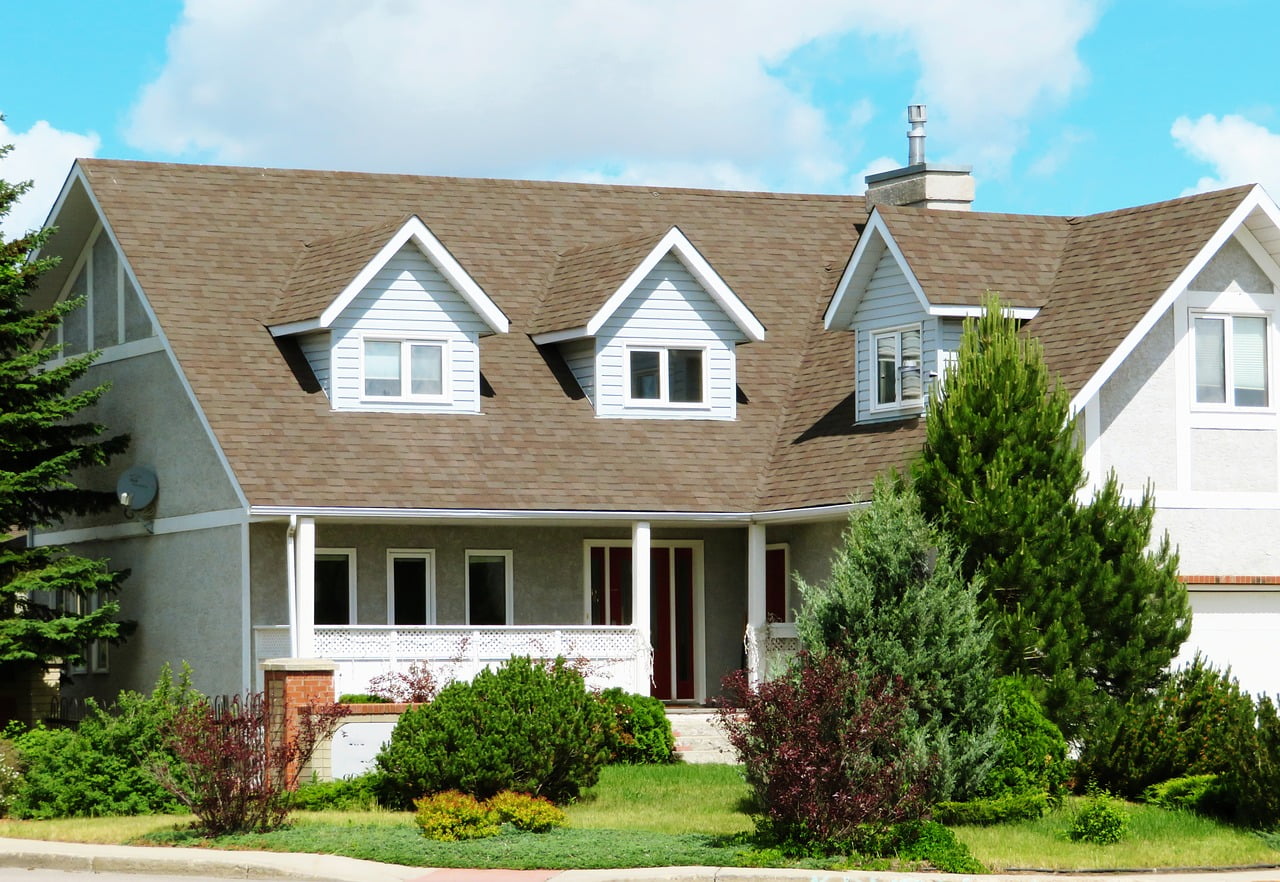On The Mortgage Front
Freddie Mac (OTCMKTS:FMCC) reported the 30-year fixed-rate mortgage averaged 6.61% as of Nov. 17, a drop from the 7.08% recorded last week. The 15-year fixed-rate mortgage averaged 5.98%, down from last week when it averaged 6.38%. Freddie Mac added it will no longer provide data related to adjusted-rate mortgages.
Q3 2022 hedge fund letters, conferences and more
“Mortgage rates tumbled this week due to incoming data that suggests inflation may have peaked,” said Sam Khater, Freddie Mac’s chief cconomist.
“While the decline in mortgage rates is welcome news, there is still a long road ahead for the housing market. Inflation remains elevated, the Federal Reserve is likely to keep interest rates high and consumers will continue to feel the impact.”
While rates dropped, mortgage applications were up the first time in eight weeks. The Mortgage Bankers Association’s The Market Composite Index increased by 2.7% on a seasonally adjusted basis from one week earlier, with a 4% rise in the Purchase Index that offset the 2% decline in the Refinance Index.
“Mortgage rates decreased last week as signs of slower inflation pushed Treasury yields lower,” said MBA Vice President and Deputy Chief Economist Joel Kan.
“Purchase applications increased for all loan types, and the average purchase loan dipped to its smallest amount since January 2021. Refinance activity remained depressed, down 88%. There is very little refinance incentive with rates so much higher than last year.”
On The Home Building Front
Single‐family housing starts in October were at a rate of 855,000, which is 6.1% below the revised September figure of 911,000, according to data from the U.S. Census Bureau and Department of Housing and Urban Development.
Privately‐owned housing starts in October were at a seasonally adjusted annual rate of 1,425,000, which is 4.2% below the revised September estimate of 1,488,000 and is 8.8% below the October 2021 rate of 1,563,000.
“This will be the first year since 2011 to post a calendar year decline for single-family starts,” said National Association of Home Builders (NAHB) Chief Economist Robert Dietz. “We are forecasting additional declines for single-family construction in 2023, which means economic slowing will expand from the residential construction market into the rest of the economy.”
The decline in housing starts was mirrored by the eleventh consecutive monthly decline in the Housing Monthly Index published by the NAHB and Wells Fargo (NYSE:WFC). The index dropped five points to 33 and is the lowest confidence reading since June 2012, with the exception of the onset of the pandemic in the spring of 2020.
“Even as home prices moderate, building costs, labor and materials – particularly for concrete – have yet to follow,” said Dietz. “To ease the worsening housing affordability crisis, policymakers must seek solutions that create more affordable and attainable housing.
With inflation showing signs of moderating, this includes a reduction in the pace of the Federal Reserve’s rate hikes and reducing regulatory costs associated with land development and home construction.”
On The Homeownership Front
A homebuyer must earn $107,281 to afford the $2,682 monthly mortgage payment on the typical U.S. home, up 45.6% from $73,668 a year ago, according to a new report from Redfin (NASDAQ:RDFN).
The combination of mortgage rates that have more than doubled over the last 12 months, combined with persistently high home prices resulted in the inflated mortgage payment sums.
However, the situation is more severe in some regions – Redfin noted that 16 of the 20 metros where the income necessary to afford a home has increased most are in the Sun Belt, while the Chicago metro area and San Francisco’s Bay Area had smaller-than-average increases.
Detroit required the lowest income to afford the area’s median-priced home at $48,435, although it is 42.3% higher from one year ago.






